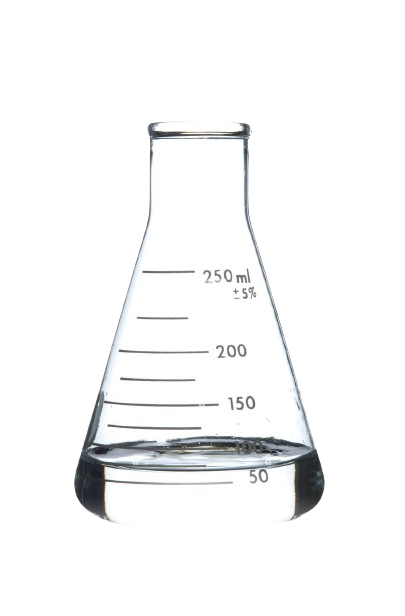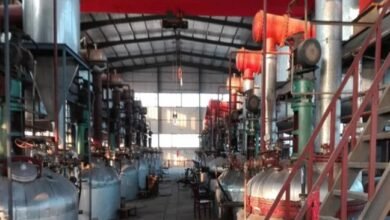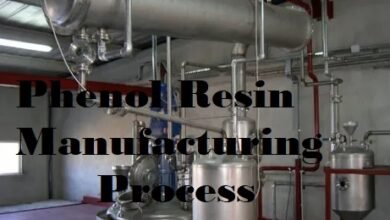What is the testing of formaldehyde? 1. Ensuring Quality and Purity
The chemical formula of formaldehyde is HCHO. This is also known as Formalin. Formaldehyde is a colorless, flammable, and strong-smelling organic chemical.
Formaldehyde is used in many chemical manufacturing processes and is commonly sold as formalin, a 37% aqueous solution. It is also used in plywood industries for manufacturing Phenol Formaldehyde, Urea Formaldehyde Resin, Melamine Formaldehyde Resin Etc.
Table of Contents
Formaldehyde Testing Method
Formalin, a commonly used chemical in various industries, requires rigorous testing to ensure its purity and safety. This Standard Operating Procedure (SOP) outlines the systematic process of formalin testing, focusing on determining aldehyde and methanol content.
Understanding the Importance of Formalin Testing
What is the purpose of formaldehyde testing in Resin Manufacturing?
- Quality Assurance:
- Preservative Properties: Formaline is used in resin manufacturing for its excellent preservative properties. Testing is most important to verify the purity of Formalin, ensuring that it retains its quality as a preservative.
- Product Performance:
- Polymerization Process: Formaline is the main component in the polymerization process of resin manufacturing. Testing helps maintain the desired chemical composition, ensuring the resin achieves properties such as strength, durability, and adhesion.
Chemicals Required for Formaldehyde Purity Testing
| Chemicals | Description |
|---|---|
| HCHO (Sample) | Formaldehyde sample – Colorless, flammable liquid |
| Na2SO3(Sodium Sulfite) | White, crystalline substance used in titration experiments |
| Hydrochloric Acid 1N (HCl) | Diluted hydrochloric acid – Corrosive, strong acid |
| Thymolphthalein Indicator | pH indicator changing color from colorless to blue |
| NaOH (Sodium Hydroxide) | Alkaline substance, commonly known as caustic soda |
Formaldehyde Sample Selection
When testing the content of aldehyde and methanol in formalin, it is essential to select a representative sample from each chamber of the tanker manually. By drawing samples from each chamber, we can ensure that the analysis reflects the overall composition of the formalin. Once the samples are drawn, they are ready for testing.
Sample Preparation
Solution No.1
- Take exactly 3ml of the sample and measure its weight using a digital weighing machine.
- Add 10 ml of distilled water to the 3 ml sample in a conical flask.
- Into a conical flask, add 2-3 drops of 0.1 N NaOH solution.
- Add 2-3 drops of thymolphthalein indicator in the sample

How to prepare 0.1 N NaOH (Sodium Hydroxide)Solution?
Crystalline NaOH (9 grams) is dissolved in 1000ml distilled water.
Solution No.2
- Take 75ml of sodium sulphite solution.
- Add 2-3 drops of 0.1 N HCl solution to the sodium sulfite solution.
- Add 2 drops of thymolphthalein indicator, after adding indicator the solution turns a dark blue color.

How to prepare Sodium Sulfite (Na2SO3) Solution?
To prepare the sodium sulfite solution, dissolve 126 grams of anhydrous sodium sulfite in 1000 ml of distilled water.
How to prepare 0.1 N HCL Solution?
The 0.1 N HCl solution can be prepared by mixing 9 ml of concentrated HCl with 1000 ml of distilled water.
Mixing the Two Solutions
Combine Solution 1 and Solution 2, resulting in a light blue color. solution.
Titration Process
- Titrate the mixture against 1N HCL
- Titrate until the solution becomes colorless.
- Conduct three titrations to ensure consistent readings two out of three times.

How to prepare 1N HCL Solution?
Add 85.9 or 90 ml of HCL in 1000 ml of Distilled Water.
Formaldehyde Purity Calculation Formula

Results and Conclusion
After sample testing, the purity of formalin should ideally be within the range of 36.8% to 37%, with methanol content falling between 4-5%.
Frequently Asked Questions
- Why is formalin testing necessary?
- Formalin testing ensures the purity of the chemical, guaranteeing its effectiveness as a preservative.
- What is the significance of titration in this process?
- Titration is crucial to determine the exact chemical composition and purity of formalin.
- How often should formalin testing be conducted?
- Regular testing is recommended to maintain the quality and safety of formalin.
- Are there any safety precautions during formalin testing?
- Protective gear, such as gloves and goggles, should be worn to prevent exposure to formalin.
- Can formalin be used without testing?
- Testing is essential to ensure that formalin meets the required standards for its intended use.


